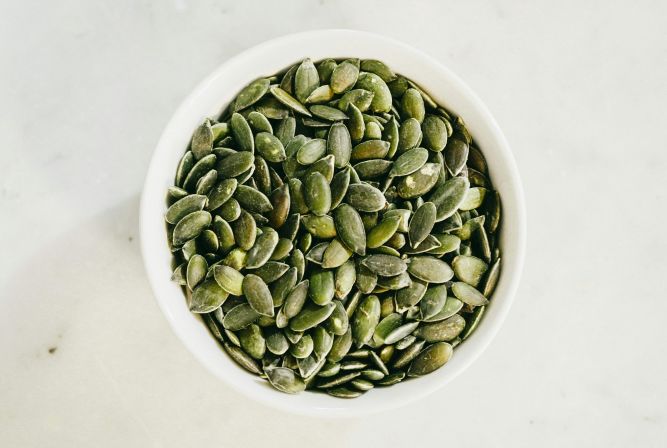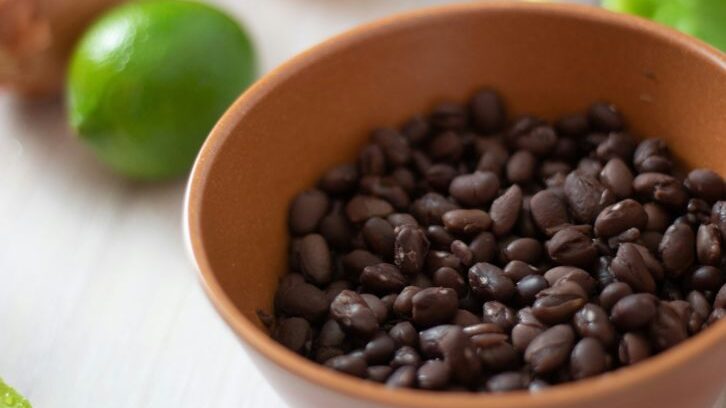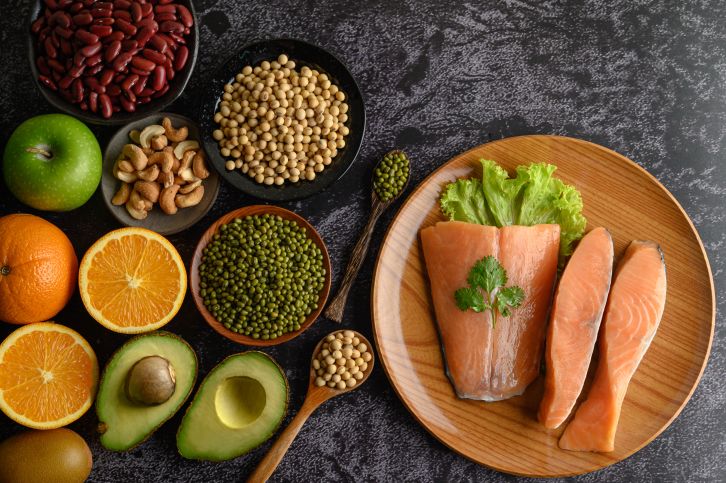Magnesium is an essential mineral vital for numerous physiological functions, including muscle and nerve function, blood glucose control, and bone health. It also plays a crucial role in energy production and the synthesis of protein. Despite its importance, many people don’t get enough magnesium in their diets. Incorporating magnesium rich foods can help meet the recommended daily intake and promote overall health.
This article highlights the top five magnesium-rich foods, detailing their health benefits and nutritional profiles.
Health Benefits of Magnesium
Magnesium is crucial for over 300 enzymatic reactions in the human body, including:
Muscle and Nerve Function: It helps regulate muscle contractions and nerve signals, reducing cramps and spasms.
Bone Health: Magnesium works with calcium to support bone health and may reduce the risk of osteoporosis.
Cardiovascular Health: It can lower blood pressure and is associated with a lower risk of heart disease.
Blood Sugar Control: Magnesium plays a key role in glucose metabolism, which can help manage and prevent type 2 diabetes.
Mental Health: Adequate magnesium levels are linked to a lower risk of depression and anxiety.
Daily dietary magnesium requirements
The Recommended Dietary Allowances (RDA) for magnesium vary by age, sex, and life stage. Below are the daily magnesium intake requirements for males and females according to various age groups:
Infants and children
0-6 months: 30 mg/day (Adequate Intake or AI)
7-12 months: 75 mg/day (AI)
1-3 years: 80 mg/day
4-8 years: 130 mg/day
9-13 years: 240 mg/day
Adolescents and Adults
Males 14-18 years: 410 mg/day
Females 14-18 years: 360 mg/day
Males 19-30 years: 400 mg/day
Females 19-30 years: 310 mg/day
Males 31-50 years: 420 mg/day
Females 31-50 years: 320 mg/day
Older Adults
Males 51+ years: 420 mg/day
Females 51+ years: 320 mg/day
During Pregnancy and Lactation
Pregnant teens: 400 mg/day
Pregnant women 19-30 years: 350 mg/day
Pregnant women 31-50 years: 360 mg/day
Lactating teens: 360 mg/day
Lactating women 19-30 years: 310 mg/day
Lactating women 31-50 years: 320 mg/day
What is normal magnesium level?
The normal magnesium levels in the blood are relatively similar for both males and females, with only slight variations depending on the specific laboratory and test methods used. Generally, the normal range for serum magnesium levels is approximately:
1.7 to 2.2 milligrams per deciliter (mg/dL) or
0.85 to 1.10 millimoles per liter (mmol/L).
It’s important to note that about 50% to 60% of magnesium in the body is found in the bones, with the rest in soft tissues. Only a small fraction, about 1%, is actually present in the blood, making blood tests for magnesium less indicative of total body magnesium content. However, serum magnesium levels are still the most commonly used method to assess magnesium status in clinical settings.
Both too low (hypomagnesemia) and too high (hypermagnesemia) levels of magnesium can lead to health issues. Low magnesium levels can be caused by a variety of factors, including inadequate dietary intake, chronic alcoholism, and certain medical conditions or medications. Symptoms of magnesium deficiency can include muscle cramps, seizures, irregular heart rhythms, and increased irritability of the nervous system.
High levels of magnesium, on the other hand, are less common and usually occur in the context of excessive intake of magnesium from supplements or medications, or in individuals with impaired kidney function, where magnesium excretion is compromised. Symptoms of hypermagnesemia can include nausea, vomiting, lowered blood pressure, confusion, slowed heart rate, and in severe cases, cardiac arrest.
Given the essential role of magnesium in many physiological processes, maintaining magnesium levels within the normal range is crucial for overall health. This involves a balanced diet rich in magnesium-containing foods or, in some cases, supplements under medical supervision, especially for individuals at risk of deficiency.
These are the top 5 magnesium rich foods to include in your daily diet to keep up with your daily magnesium intake.
1. Pumpkin Seeds

Magnesium Content: Approximately 262 mg per 100 g, which is about 66% of the Recommended Dietary Allowance (RDA).
Other Nutrients: Pumpkin seeds are also a good source of omega-6 fats, antioxidants, and zinc. They are high in fiber and protein, making them a satisfying snack that can help with weight management.
Calories: About 446 kcal per 100 g.
2. Spinach

Magnesium Content: Roughly 79 mg per 100 g of raw spinach, around 20% of the RDA.
Other Nutrients: Spinach is rich in iron, vitamins A, C, and K, folic acid, and antioxidants. It’s also low in calories, offering a nutritious boost with minimal caloric intake.
Calories: Only 23 kcal per 100 g, making it an excellent choice for a nutrient-dense food.
3. Dark Chocolate

Magnesium Content: About 228 mg per 100 g, which is 57% of the RDA.
Other Nutrients: Dark chocolate is loaded with antioxidants, including flavonoids, which can improve heart health. It’s also a source of iron, copper, manganese, and prebiotic fiber.
Calories: Approximately 546 kcal per 100 g. While it’s rich in nutrients, it’s also high in calories and should be consumed in moderation.
4. Almonds

Magnesium Content: Around 270 mg per 100 g, nearly 68% of the RDA.
Other Nutrients: Almonds offer a great source of vitamin E, healthy fats, fiber, and protein. They can help lower bad cholesterol levels and are beneficial for heart health.
Calories: About 575 kcal per 100 g. Despite their high calorie content, their satiety factor can aid in weight management.
5. Black Beans

Magnesium Content: Approximately 70 mg per 100 g, or 18% of the RDA.
Other Nutrients: Black beans are high in protein, fiber, and antioxidants. They also contain iron and folate, supporting healthy blood and overall wellness.
Calories: Around 132 kcal per 100 g, making them a nutritious and energy-efficient option.
Considering the wide array of health benefits and the critical role magnesium plays in overall health, incorporating these magnesium-rich foods into your diet can be a smart move for managing your well-being. Remember, a varied diet will help ensure you get enough magnesium and other essential nutrients your body needs to function at its best.
Lorem ipsum dolor sit amet, consectetur adipiscing elit. Ut elit tellus, luctus nec ullamcorper mattis, pulvinar dapibus leo.


